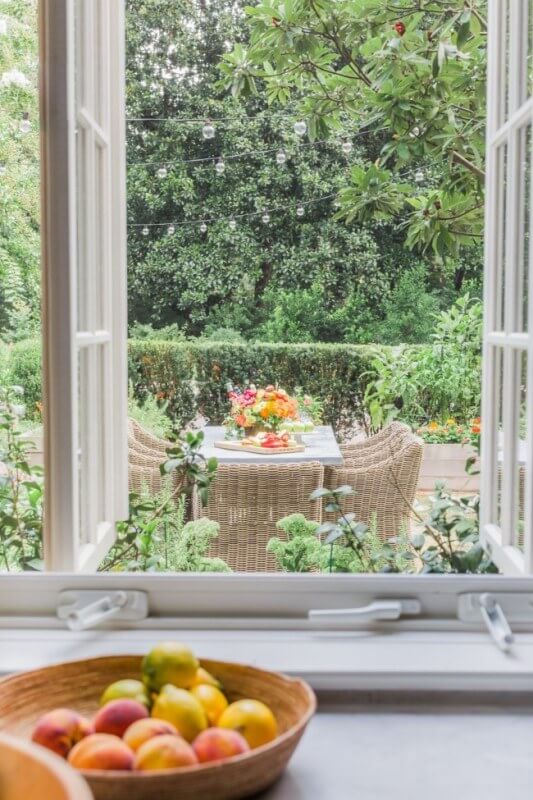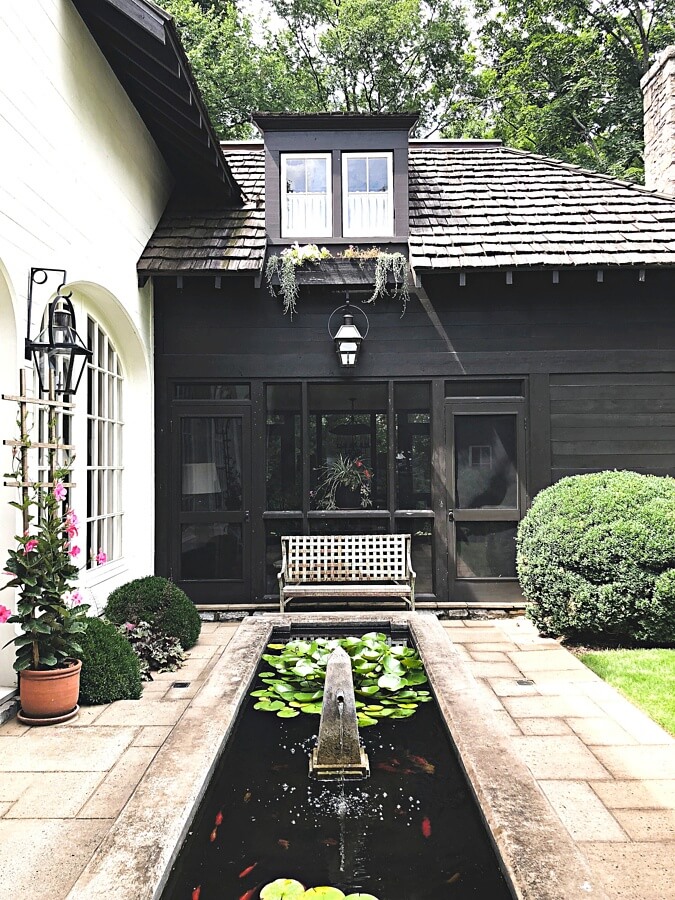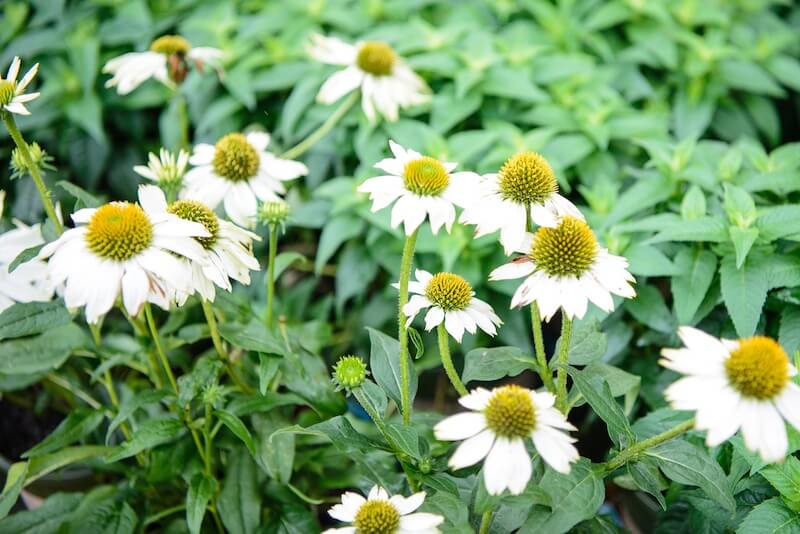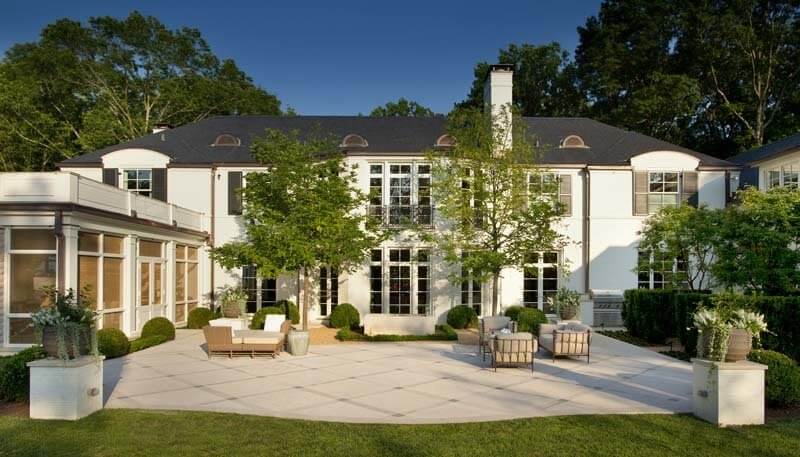Outdoor living is huge, and homeowners who love landscaping and gardening are finding new ways to make their outdoor spaces both beautiful and useful — for more than just lounging and admiring the foliage. As trends like outdoor kitchens, retractable walls, patio fireplaces and screens that can appear or disappear at the touch of a button gain in popularity, people are spending more and more time enjoying their outdoor spaces.
In recent years, interior design has majorly impacted outdoor design, and homeowners seek to harmonize their indoor and outdoor spaces. That trend now flows in both directions. “The biggest trend we see is the continuing commitment to inside-outside relationships,” says Ben Page, a landscape architect with Nashville’s Page | Duke Landscape Architects. “It started in the ’70s and ’80s with that California lifestyle, and now people are pretty insistent on a dialogue being in place between interior design and exterior design. There’s this enormously dynamic movement to seamlessly tie the inside and outside together.”

“The biggest trend we see is the continuing commitment to inside-outside relationships,” says Ben Page of Nashville’s Page | Duke Landscape Architects. Image: Alyssa Rosenheck

And with space at a premium, homeowners and landscape designers are tasked with doing more with less. Even homes with minimal yard space are treating their outdoor areas with great care. In fact, the smaller the yard, the more important it is to think big. “As so many more houses are being built so much closer together, it’s important that inside-outside relationships are very well thought out,” Ben says. “You can’t waste space anymore. The era of two-acre yards is almost over.” Whether it’s a townhouse, a planned urban development or a suburban backyard, outdoor spaces, on the whole, are shrinking, and “consequently, we have to super-think out all the relationships in these smaller spaces,” Ben adds.
Despite the trend toward smaller yards, homeowners are doing more with their outdoor spaces — taking them beyond a relaxing spot to perch with a cup of coffee in the morning or to hang out and watch a game on the mounted outdoor TV. From backyard chicken coops to elaborate herb gardens to organic farming, even urban homeowners are finding ways to make new use of outdoor space – sometimes for profit. “One thing that’s big right now is small-scale backyard flower farming,” says Tricia Hunt, owner of Millstone Market & Nursery, based in Memphis’ Germantown neighborhood. “Both younger and older homeowners who have small spaces are interested in doing their own small flower farms for personal use or for flowers to share. Some have even turned them into small businesses, where they can go out into their garden 12 months out of the year and create a bouquet of some sort.”

“One thing that’s big right now is small-scale backyard flower farming,” says Tricia Hunt, owner of Millstone Market & Nursery. She’s seen a rise in people having year-round blooms in their yards that they then cut and share — or sell.
These homeowners tend to choose plants that serve double and sometimes triple duty — not only for beauty and seasonal color, but also to attract pollinators to their gardens to help the plants thrive. “They’re choosing perennial trees and shrubs that will bloom in the spring, not only as pollinators but also for cut arrangements,” Tricia says, “ … fruiting trees and blooming vines and flowering shrubs.”
As for plants that are popular purely for viewing pleasure, many homeowners are interested in color stories that express their personalities or reflect a certain mood. “A lot of our clients are deeply interested in both horticulture and landscape, which are two separate things,” Ben says. “Horticulture is the plant community, and landscape is how you put all those parts together.” Minimalism reigns the day, he adds. “A lot of clients are interested in simplifying the landscape elements so they can have a bold and simple backdrop for the horticulture.” A simple, uncluttered approach to hardscape elements allows the plants to take center stage and tell the landscape’s story. For example, a monochromatic landscape of white and green plants can give the whole garden a quiet, calming perspective, Ben says.

A simple, uncluttered approach to hardscape elements allows the plants to take center stage and tell the landscape’s story. Page | Duke Landscape Architects; Image: Reed Brown Photography
On the flip side, and keeping with the trend of tying together interior and exterior design elements, after several years of trending neutrals, more homeowners now are gravitating to color both indoors and out. “Our clients are deeply interested in the spectrum of colors now,” Ben adds. “Those vibrant interior colors, people want them to spill outdoors. Happy colors is what I call them.” Reds, blues, purples and golds from flowers like zinnias and marigolds are popular choices. “These are things that are easy and can give you really pretty, dynamic color spectrums without a whole lot of work,” Ben says.
One issue that’s making a deepening impact on horticulture is climate change, he adds, and it’s an issue Ben and his team consider as they advise clients on plant choices. Hardy plants stand up better to weather fluctuations brought on by changing climate patterns. “We’re getting warmer and vastly more dynamic with these storms,” Ben says. “What that’s telling almost everybody is the spectrum of fragile flowers that are ephemeral to summer are not going to be as satisfying because they just get beaten up by these storms. As a result, a lot of clients are saying, ‘Help me simplify.’ This is in response to what the world is going toward environmentally. We’re getting more violent storms, hotter heat waves and deeper colds, and that’s saying to us that we need to simplify in many cases the horticulture palette.”
Durable flower choices include daylilies, zinnias, marigolds and daisies. For example, “The Alaska Shasta daisy has got that beautiful, pure white color, and a storm can beat it down and it’ll be back up the next day,” Ben says. “Most of our clients don’t want to give up on the idea of beautiful colors, but they are also keen on medium- to low-maintenance. For the more fragile stuff, if you’re a connoisseur, just put it in a more protected location.”
For example, a “she shed” — something Tricia says is another burgeoning trend. Whether built from scratch or pre-fab, these small outdoor spaces are serving as everything from a fancy potting shed to an ultimate backyard escape. “It’s a place that the gardener can go as a respite and a functional space in the sense that it can hold your tools,” Tricia says. “You can even have a greenhouse-type environment where you can start your seeds. You can also really turn it into a backyard garden retreat, and that’s really trendy right now. It’s something that should reflect the personality of the gardener.”

Creating a backyard gardening retreat is as therapeutic as it is functional. “It’s something that should reflect the personality of the gardener,” says Tricia Hunt of Millstone Market & Nursery. Image: Mary Kate Steele
Here’s to a stunning — and colorful — summer yard!
**********
Find more home inspiration for both indoors and out in our archives. Click HERE!



















